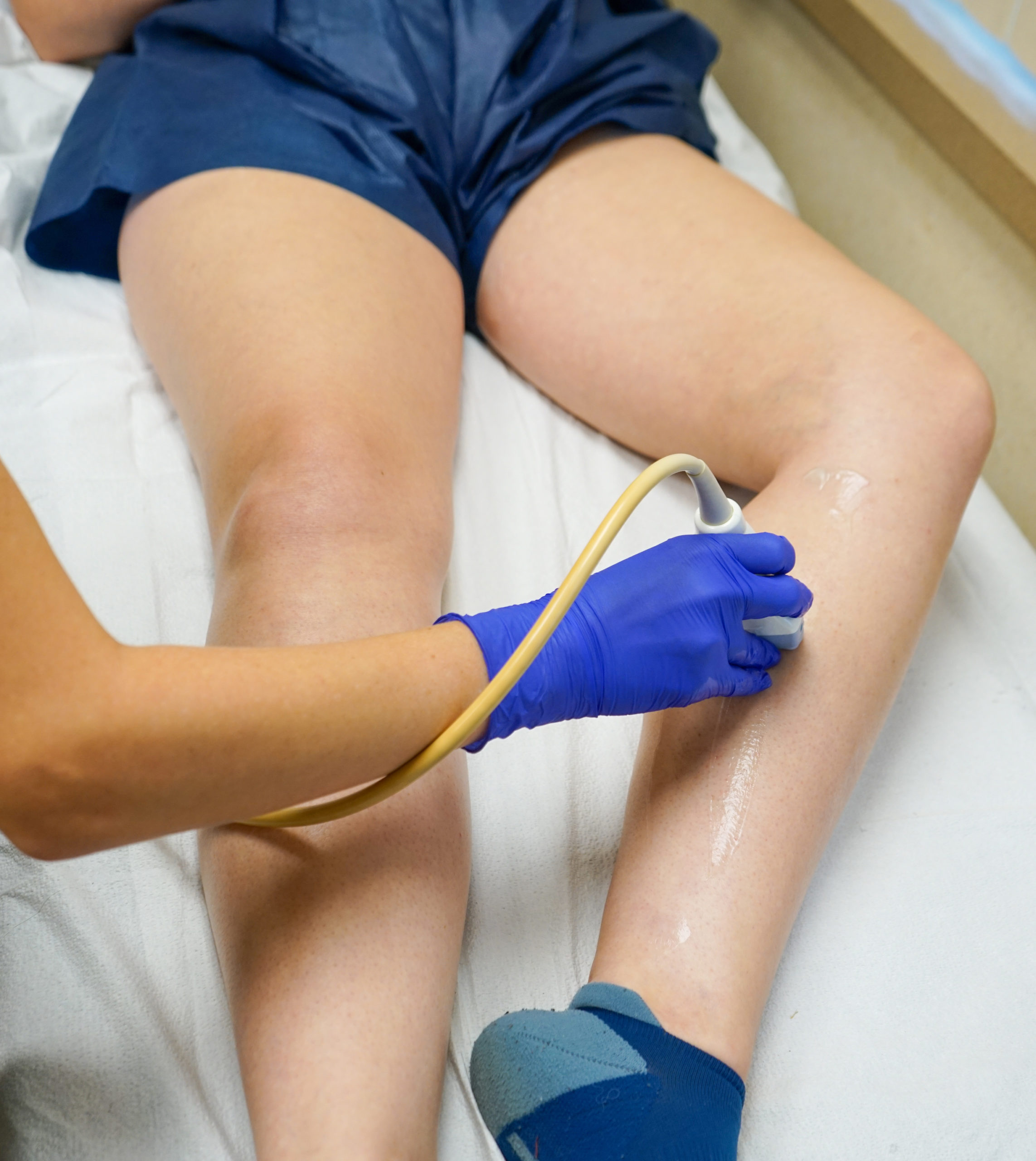
Venous Ultrasound & Consultation
If your doctor suspects a vein problem – a venous duplex, or ultrasound, is the best test to determine whether a vein problem is present. The venous ultrasound is a painless test where an ultrasound probe visualizes your veins and evaluates flow within the veins.
The venous ultrasound is a vital step in the diagnosis and treatment of vein problems. If symptoms such as pain and achiness in the legs, restlessness, generalized tiredness of the legs, and varicose veins are present – this testing will be recommended by our physician to further diagnose or rule out a vein problem.
After the ultrasound, you will have a consultation with your physician. Together, you will review your ultrasound results and discuss your treatment options. During this consultation, your doctor will review the results of the ultrasound, and discuss treatment options for your specific vein problem.
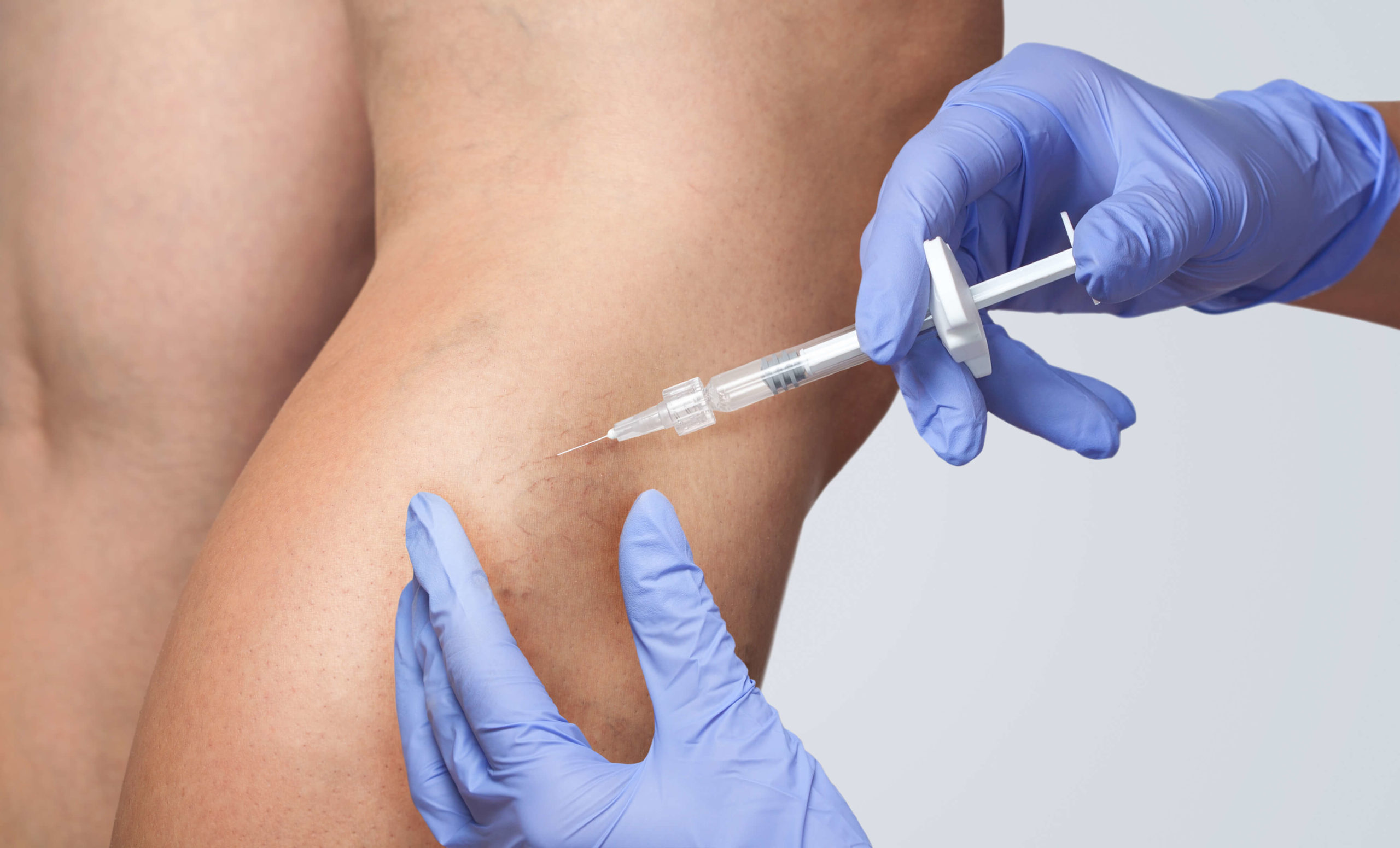
Sclerotherapy
Sclerotherapy is a proven varicose vein removal treatment that has been in use since the 1930’s and although new techniques have been introduced, we still find this method of treatment to be most effective in the treatment of spider and reticular veins of the legs.
Sclerotherapy involves an injection of a solution directly into the vein. The solution irritates the lining of the blood vessel, causing it to swell and stick together – the vein then seals and heals closed. Over time, the vessel slowly fades from view. Studies show that the use of compression therapy in conjunction with the injection sclerotherapy will optimize your results.
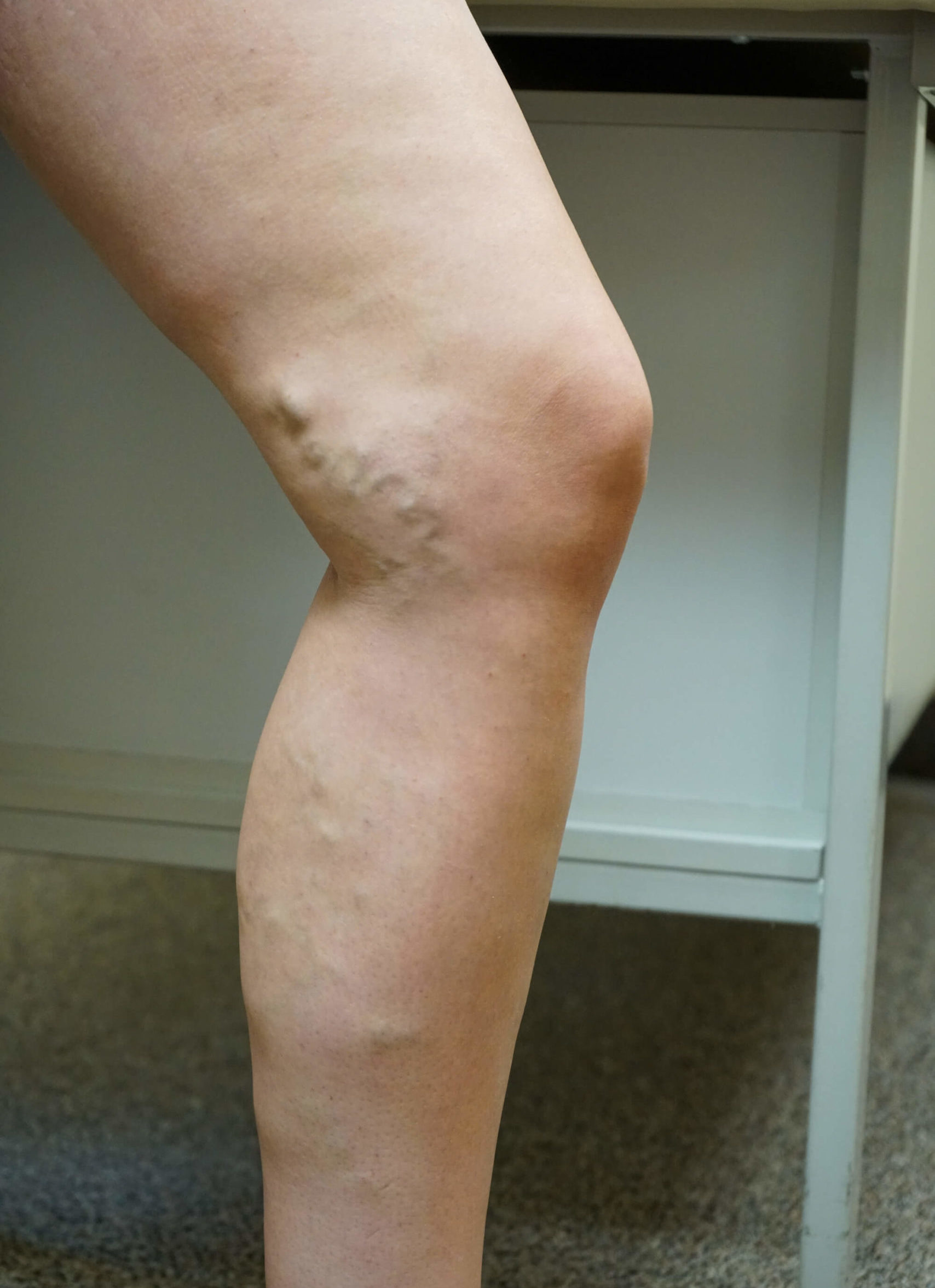
Venous Ablation
In most circumstances, painful and unsightly legs are the result of a faulty vein you cannot see. The key to treatment is to eliminate this faulty vein.
The key to treating the vein problems that lead to painful and unsightly legs is to eliminate the vein causing the problem. This is a vein that gravity abnormally pulls blood into the leg – a vein you cannot see. Once the bad vein is gone, the blood reroutes through other normal veins and the back pressure from the bad vein is gone. This results in a significant improvement in the leg discomfort and pain.
Venous ablation is the most common treatment for correcting venous insufficiency. Venous ablation is a simple minimally invasive procedure done under a local anesthesia with light sedation. An IV with a tiny plastic covered wire is placed through the bad vein and microwave energy (or Radio-frequency) is delivered to the bad vein which results in the vein sealing closed.
The procedure is safe, effective, and can be done in the office. Patients walk in and walk out of the office, and immediately resume light, normal activity. Most people return to work the next day.
In addition to microwave energy, glue can also be used to seal or ablate the bad vein.
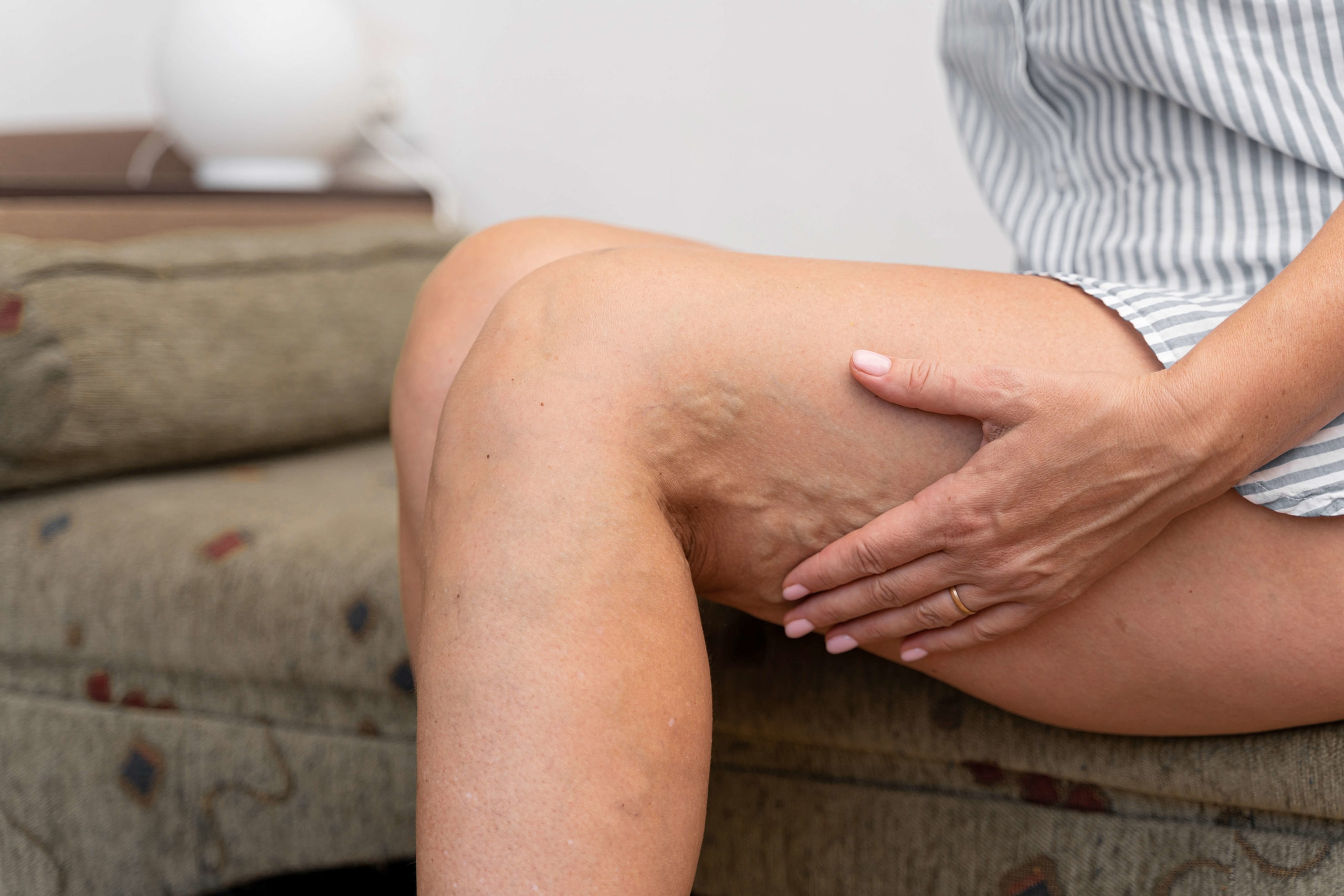
Microphlebectomy
Microphlebectomy is a treatment to remove large bulging varicose veins. It is a minor, minimally invasive procedure that is done in the office. A local anesthetic is placed around the areas of the large veins, then very tiny incisions are made and the varicose veins are removed. The incisions are very small, require no stitches, and provide excellent cosmetic results.
